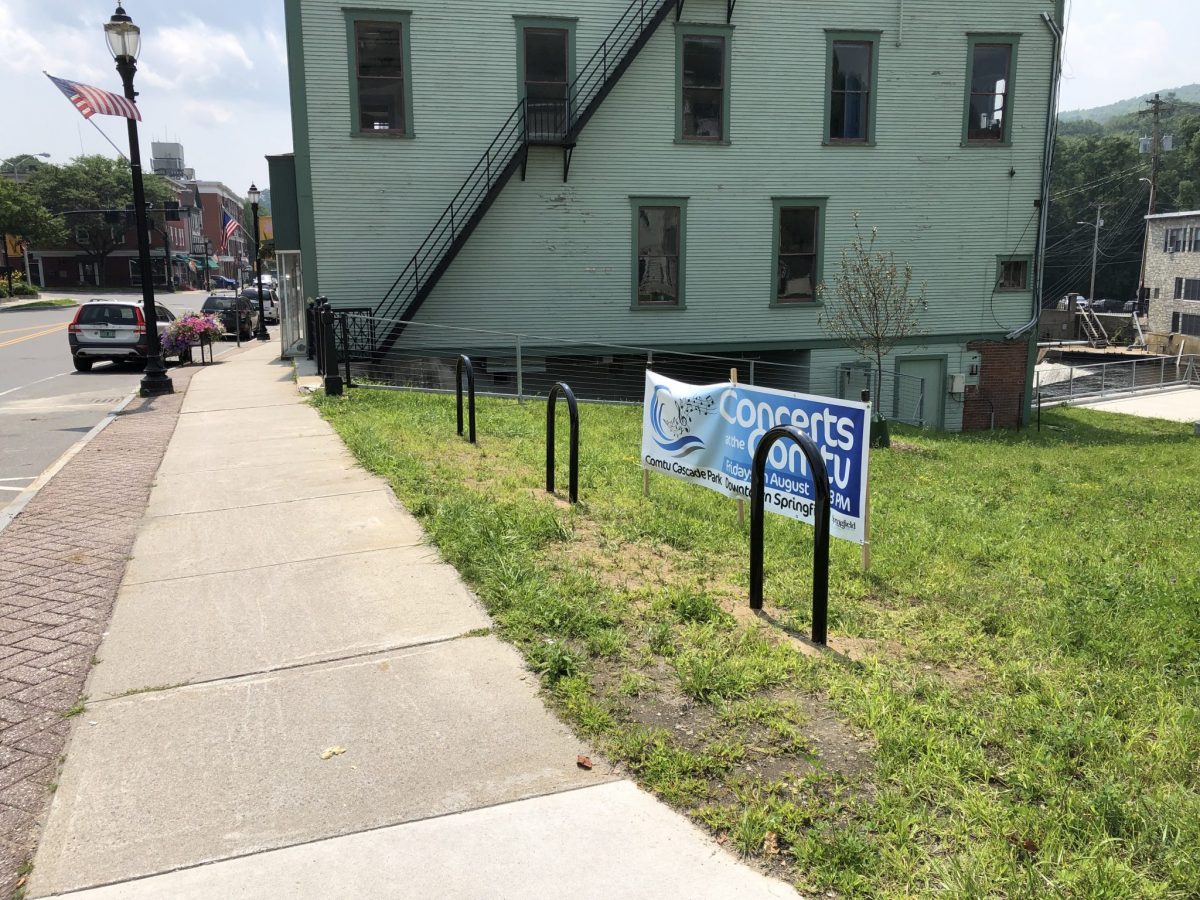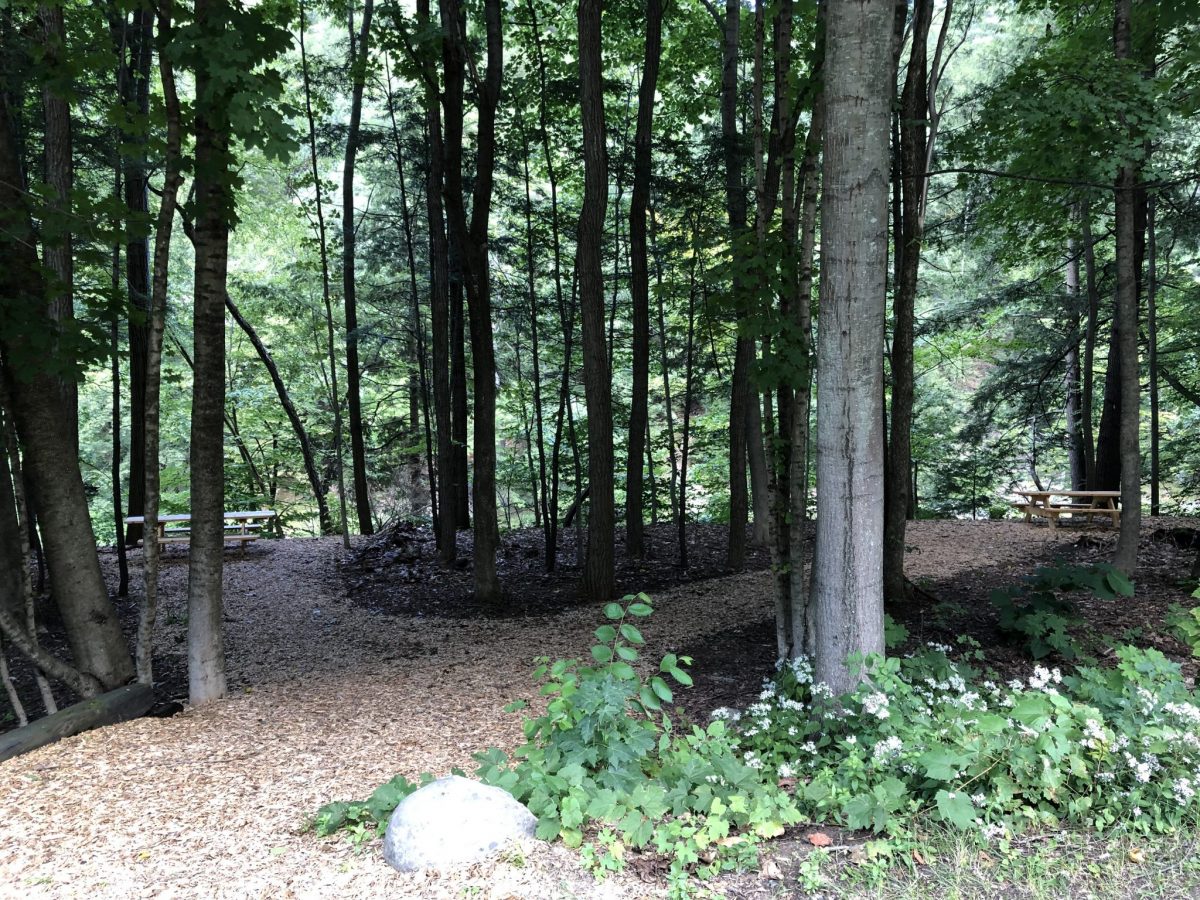
Walkability is important all year around, but it is particularly timely now as students return to school. Walking to school is a great way for children to get the recommended 60-minutes of physical activity per day. This activity is an important step for ensuring children stay healthy. Unfortunately, the National Center for Safe Routes to School and the US Department of Transportation show a steady decline in the number of students who walk to school since 1969.
This decline is mostly caused by the distance students must walk to get to schools and safety concerns about traffic. Small, local schools used to be the norm, but now schools are further from the centers of neighborhoods as districts have consolidated. Additionally, towns have shifted to prioritize cars while neglecting walking and biking infrastructure. This results in more traffic with fewer safe routes to school.
The good news is there are opportunities to reverse these trends in communities, and when walking infrastructure is improved for students and parents with strollers, the entire community benefits—including the elderly and disabled population, and individuals without access to a vehicle.

This past spring, OneCare Vermont’s RiseVT program hosted national public health, planning, and transportation consultant, Mark Fenton, for a two-part workshop to improve walkability in Vermont. Mark demonstrated how to conduct a virtual walk audit using the “photo voice” method. Our RiseVT program managers and their partner organizations collected photos of their communities, highlighting both successful and unsuccessful examples of walkability. The program managers brought their work back to the group to highlight successes and troubleshoot areas where walkability could be improved.
Mark Fenton emphasized that organizations can begin improving their communities immediately and affordably before investing in expensive infrastructure. Even simple one-time events such as a Walk-To-School Day can increase the number of students walking to school for weeks after the initial event.

Mark Fenton’s work has inspired many ongoing RiseVT projects. In particular, Springfield has improved walking and biking access around their community. The town has installed new bike racks downtown, built new crosswalks, and invested in local trail infrastructure.
Increasing walkability may seem challenging in a rural state like Vermont, but RiseVT has shown it is possible since the organization was started in Franklin and Grande Isle Counties. RiseVT increased walking and biking to school by consolidating bus stops so students get their steps in by walking to the bus. Our program managers have collaborated with Local Motion and local fire and rescue departments to provide helmets for children. Organizations including the Bristol Trail Network, Windsor Walks, and the Caledonia Trail Collaborative have added and improved trails. All of these efforts expand access for bikers and walkers to improve health and wellness around the state.
For more information:
Please contact Public Affairs at OneCare Vermont. public@onecarevt.org | 802-847-1346
To stay up to date on OneCare, please visit our news blog and our social media channels on LinkedIn and Twitter.
